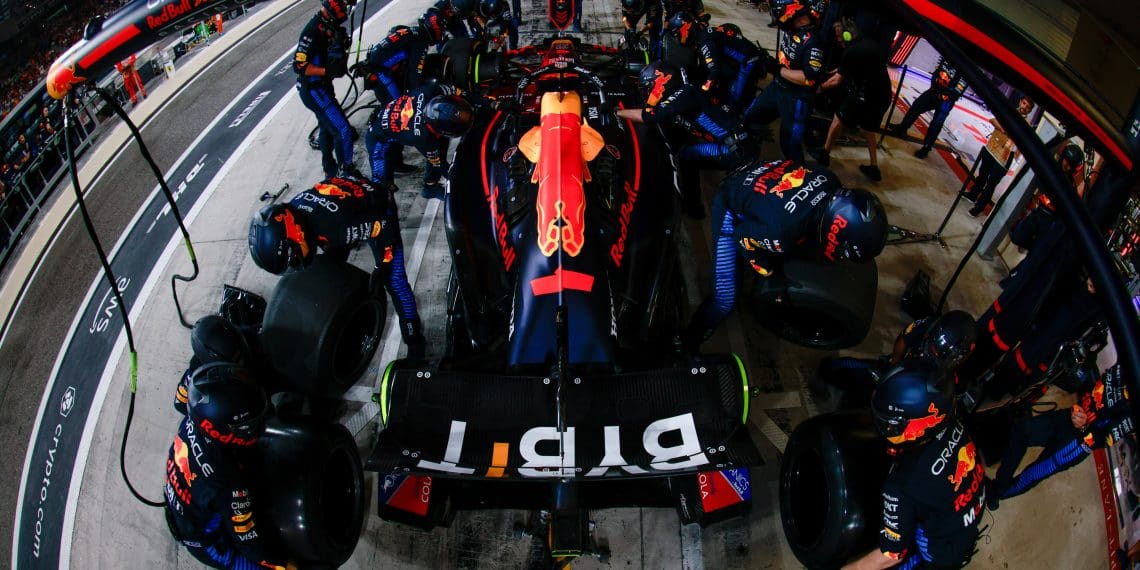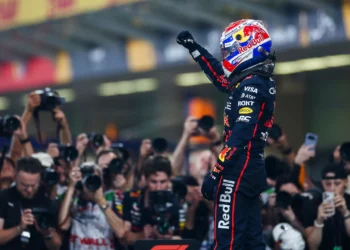The 2024 Formula 1 season was a dramatic tale of triumph and turbulence for Red Bull Racing. What began with an unstoppable RB20 dominating the field took a sudden and perplexing turn mid-season after a critical upgrade at the Emilia Romagna Grand Prix. Facing mounting pressure from McLaren’s resurgent MCL38 and other challengers, it took all of Max Verstappen’s leadership and brilliance to steady the ship and secure his fourth consecutive World Championship.
Red Bull’s Midseason Meltdown: Correlation Chaos
According to team principal Christian Horner, Red Bull’s struggles began when their on-track performance diverged from what simulations and tools at the factory predicted. The once-dominant RB20 suddenly appeared vulnerable as other teams, particularly McLaren, found their form. Horner explained:
“It almost felt like something changed dramatically. Suddenly three other teams became competitive, and we started experiencing issues that became very limiting.”
This lack of correlation between factory data and track performance left the team scrambling for answers, with Verstappen’s input proving critical in identifying the car’s limitations.
Max Verstappen: The Leader Red Bull Needed
Despite the mounting challenges, Verstappen showcased his growth as a driver and leader, providing invaluable direction to the engineering team. Horner lauded Verstappen’s approach:
“Max never panicked. Even on the tough days, he spent long hours with the engineers, rolling his sleeves up and getting stuck in. He worked behind the scenes on the simulator and with aerodynamicists, pointing out exactly where we needed to focus.”
Unlike other drivers who might succumb to frustration or blame-shifting, Verstappen maintained his composure, translating his feel for the car into actionable insights for the team. His ability to pinpoint specific areas for improvement helped the team reorient their development efforts.
The Rain Brings Redemption
The midseason slump culminated in a 10-race winless streak, the longest of Verstappen’s career since becoming Red Bull’s lead driver. However, the Dutchman reminded everyone of his prowess in the wet at the Sao Paulo Grand Prix, delivering a commanding win that emphasized his adaptability and mental strength.
While wet-weather races are often seen as equalizers, Verstappen’s subsequent dry-weather victory at the Qatar Grand Prix confirmed that Red Bull had begun addressing the flaws in the RB20. This momentum allowed the team to finish the season on a high note, though McLaren’s consistency ensured they clinched the Constructors’ Championship.
Looking Ahead: The RB21 Challenge
Red Bull’s ability to bounce back in the latter part of 2024 offers hope, but the team faces significant pressure to deliver with the RB21 in 2025. After a season of midseason stumbles, the team must ensure their tools and car development align seamlessly.
Horner summed up the stakes:
“When your tools don’t tie in with the circuit, the best sense of that you’ve got is the driver. Max was hugely impressive this year, inspiring leadership from within the car and helping us focus on the key areas.”
With ground-effect regulations set to conclude in 2025, Red Bull’s engineering team must build on the lessons learned from the RB20 to reclaim their dominance. Meanwhile, Verstappen’s performance in 2024 has cemented his reputation as more than just a fast driver—he is a true leader capable of steering a team through adversity.
The Verdict
While Red Bull’s RB20 was far from perfect, the resilience and ingenuity displayed by Verstappen and the team ensured they salvaged a season that could have gone off the rails. The 2025 season will be a critical test: can Red Bull bounce back to challenge McLaren and Ferrari for both titles, or will the midseason ghosts of 2024 continue to haunt them? One thing is certain—if Red Bull can provide the tools, Verstappen will deliver the results. The RB21 has a lot riding on its wings.










